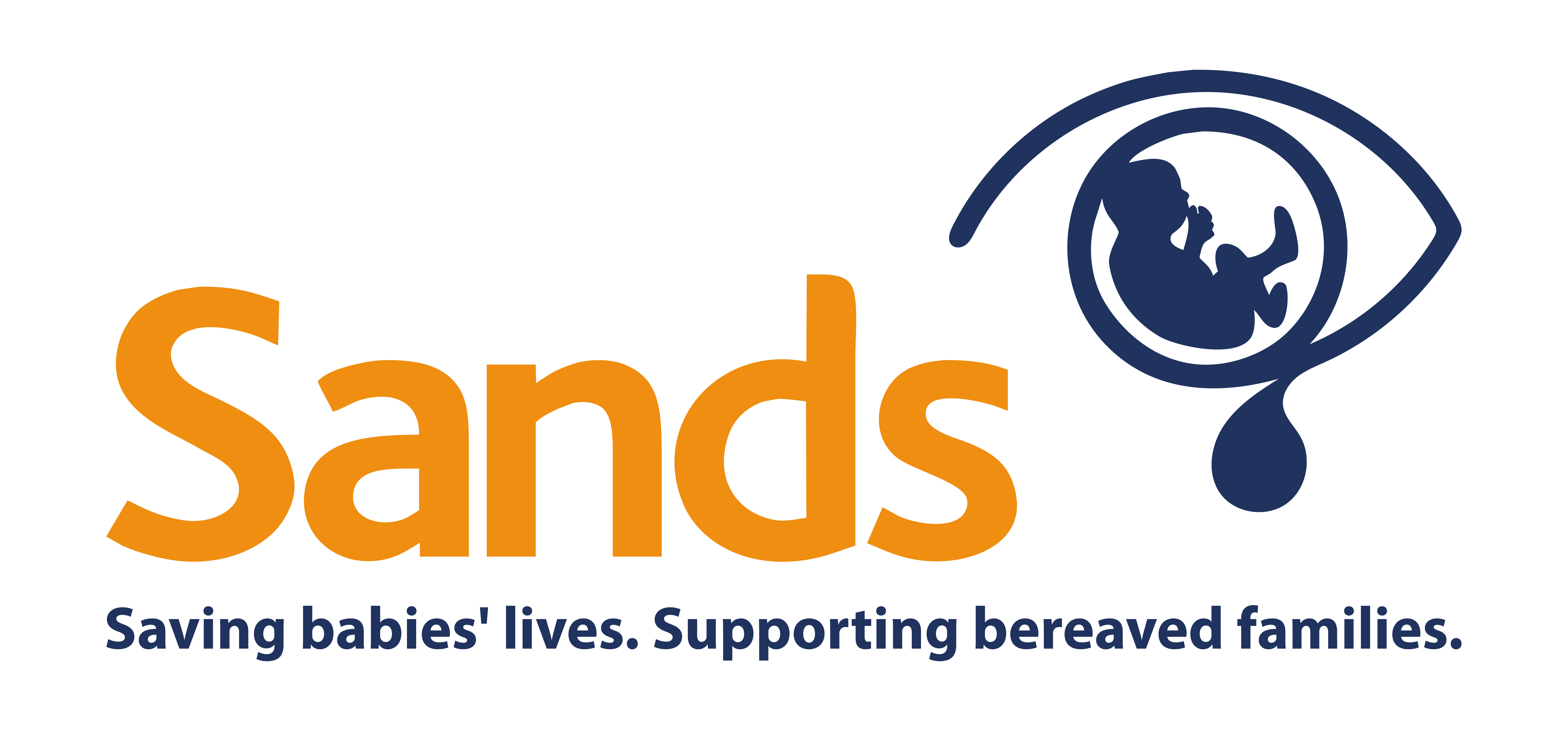The Late Stillbirth Priority Setting Partnership (Stillbirth PSP) brought together the views of bereaved parents, health professionals, researchers and charities on what they think are the most important unanswered questions around late stillbirth.
The 11 priority questions identified by the PSP are below. These will help research groups and the funding organisations make decisions on designing and funding research into this vitally important area. Read the full process overview and results from the Stillbirth PSP.
Priority questions for research into late stillbirth
- How can the structure and function of the placenta be assessed during pregnancy to detect potential problems and reduce the risk of stillbirth?
- Does ultrasound assessment of fetal growth in the third trimester reduce stillbirth?
- Do modifiable ‘lifestyle’ factors (e.g. diet, vitamin deficiency, sleep position, sleep apnoea, lifting and bending) cause or contribute to stillbirth risk?
- Which investigations identify a fetus which is at risk of stillbirth after a mother believes she has experienced reduced fetal movements?
- Can the wider use of existing tests and monitoring procedures, especially in later pregnancy, and the development and implementation of novel tests (biomarkers) in the mother or in early pregnancy, help prevent stillbirth?
- What causes stillbirth in normally grown babies?
- What is the most appropriate bereavement and post natal care for both parents following a stillbirth?
- Which antenatal care interventions are associated with a reduction in the number of stillbirths?
- Would more accessible evidence-based information on signs and symptoms of stillbirth risk, designed to empower women to raise concerns with health care professionals, reduce the incidence of stillbirth?
- How can staff support women and their partners in subsequent pregnancies, using a holistic approach, to reduce anxiety, stress and any associated increased visits to healthcare settings?
- Why is the incidence of stillbirth in the UK higher than in other similar high-income countries and what lessons can we learn from them?
Who was involved?
The Stillbirth PSP has been led by Dr Alexander Heazell, consultant obstetrician and lecturer in obstetrics, University of Manchester and the James Lind Alliance (JLA), a not-for-profit organisation with expertise in priority-setting work.
The individuals and organisations on the steering committee for this work are listed here.
Bereaved parents, health professionals, charities and researchers have been important contributors to this work.
Work timeline
- First survey, 12 May to 14 July: asking individuals and organisations for their most important unanswered questions. A total of 1,275 questions were received from 577 individuals and organisations, including parents, obstetricians, midwives and charities.
- Analysing responses, July to December 2014:
the steering group put the questions into categories; duplicate questions were removed, leaving 349 questions
16 questions were added from groups looking for evidence to support guidelines (for example, NICE guidance includes ‘research questions’, which the developers think are important to answer)
the steering group and specialist researchers looked to see whether studies have already answered any of the questions
a shorter, more manageable, list was produced by the steering group from the list of remaining questions
- Second survey, 17 December to end January 2015: individuals and organisations ranked the most important questions on the shorter list
- Workshop on 2 February 2015: clinicians, researchers and parent representatives met to finalise the top priority questions
- Publication: the final list of questions will be published in an academic journal later in 2015
For more information about the Stillbirth PSP, go to www.stillbirthpsp.org.uk
For more about the James Lind Alliance, go to www.lindalliance.org
